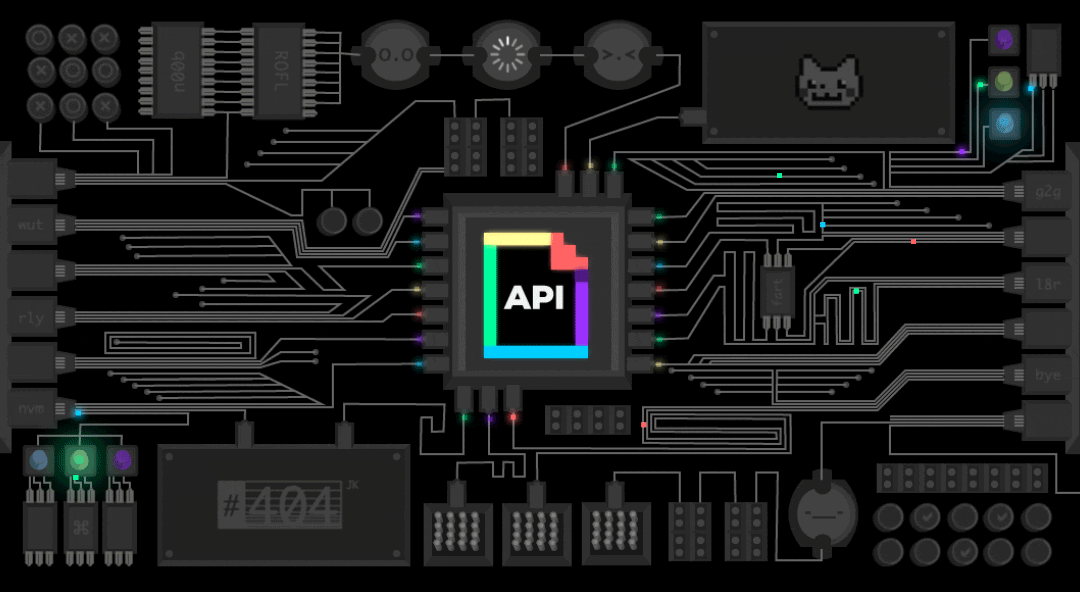63 個專案實戰,寫出作品集,讓面試官眼前一亮!
## TL;DR 除非你一直住在石頭下,否則你一定聽說過 OpenAI 的重大發布:o1-preview。 作為一名 AI 愛好者和 AI 初創公司 [Composio](https://dub.composio.dev/1pf7IAU) 的成員,我花了數小時通過無數提示測試這個模型,看...
授權是我們應用程式中決定使用者可以在何種資源上執行哪些操作的過程,這是每個應用程式的重要要求。實施[基於角色的存取控制 (RBAC)](https://www.permit.io/blog/an-introduction-to-role-based-access-control) 是一個簡單的方法來...
Encore.ts 是 TypeScript 的開源後端框架。本指南將引導您了解如何將[Express.js](https://expressjs.com/)應用程式遷移到[Encore.ts,](https://encore.dev)以獲得類型安全的 API 和 9 倍的效能提升。 為什麼要...
負載平衡器在現代軟體開發中至關重要。如果你曾經想過,請求是如何在多台伺服器之間分配的,或者為什麼某些網站即使在高流量時仍然感覺更快,答案往往在於高效的負載平衡。 操作。 FastAPI 是一個使用 Python 建立 API 的現代 Web 框架,...
當後端尚未準備好 API 時,我們都經歷過這樣的情況,因此前端開發人員手動對回應進行硬編碼。 這非常耗時,並且會帶來許多間接問題。 今天,我們將探討 Requestly 如何透過減少對後端開發人員的依賴來幫助您將前端應用程式的建置速度提高至少 10 倍。 讓我們跳進去吧。 !...
在當今互聯的網路環境中,客戶端和伺服器之間的高效資料交換至關重要。 Axios 是一個強大的 JavaScript 函式庫,它徹底改變了開發人員處理 HTTP 請求的方式。無論您是建立時尚的單頁應用程式還是強大的後端服務,Axios 都可以簡化 API 交互,使您的程式碼更簡潔、更易於維護。 ...
React hooks 徹底改變了我們在 React 中編寫元件的方式,使我們的程式碼更具可讀性、可維護性和功能性。無論您是經驗豐富的開發人員還是剛起步的開發人員,這些掛鉤都是可以顯著改進您的專案的重要工具。在本部落格中,我們將探討一些最有用的 React hook,以及如何有效使用它們的範例。 ...
> 您可以[在此處](https://dev.to/gruberb/web-programming-in-rust-02x-deploy-your-first-app-1k05)找到本系列的第二篇文章(「部署您的第一個 Rust 應用程式」)。 鐵鏽則不同。您可以在周末學習 Pytho...
人工智慧風靡一時,並且有大量的炒作。有人說這將改變我們所知道的世界(以錯誤的方式),而其他人則說這是一種時尚。 然而,正如埃隆馬斯克所說,“最有趣的結果是最有可能的。” 人工智慧不會殺死我們所有人,它也不是一種時尚。相反,它將提高我們的生產力,建立更複雜的系統。  ### 1.Mapbox **API 範例** Mapbox 提供全面的工具和準確的位置資料,您可以使用它們...
簡介✨ ------ 在這個簡單易懂的教學中,您將學習如何使用 cron jobs從頭開始建立自己的 Instagram 自動化工具。 😎 **您將學到什麼:👀** - 了解如何在 Python 專案中設定**日誌記錄**。 - 學習使用**python-crontab**...
隨著 Web 應用程式變得越來越複雜,開發人員需要充分利用現代瀏覽器的全部功能。在本綜合指南中,我們將探索各種尖端的Web API,它們將在2024 年徹底改變Web 開發。使用者友善的Web經驗。 1. 付款請求API:簡化線上交易 ----------------- 付款請求 AP...
您是否正在努力為您的 Web 應用程式選擇正確的身份驗證方法?你不是一個人!在當今快速發展的數位環境中,了解各種身份驗證機制對於開發人員和企業都至關重要。本綜合指南將揭露五種關鍵身分驗證方法: session-based 、JWT、基於令牌、單一登入 (SSO) 和 OAuth 2.0。我們將探討每...
prompt engineering 是這個人工智慧時代最好的起點之一。 了解核心概念將幫助您充分利用 ChatGPT、Google Bard 和 Claude 等生成式 AI 模型來執行偵錯、程式碼翻譯和生成測試(包括任何一般任務)等任務。 今天,我們將透過非常詳細的即時工程範例來涵蓋...
精選技術文章、免費程式設計資源、以及業界重要新聞!
也歡迎訂閱 YouTube 頻道,觀看每週二晚間的《CodeLove Talk》直播節目,一起討論軟體開發相關的話題!